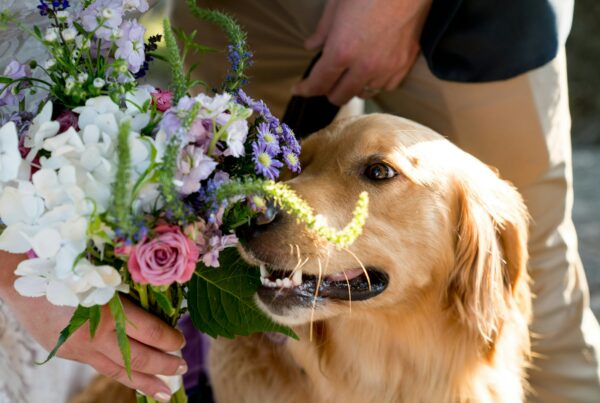There’s a lot of responsibility that comes with owning a dog. Before you bring a new member of the family home, it’s important to consider that not only are you responsible for the day-to-day care of your pet, but also for the behavior of the animal itself.
Many people gawk at those who can’t seem to control unplanned litters of pets that end up on roadsides and shelters, but at the root of it: It’s irresponsible pet parenting. If you’re not working with a registered breeder, there are virtually no reasons not to get your pet spayed or neutered.
Spaying and neutering your dog will help prevent unplanned puppies and help reduce aggression and the desire to mark amongst male and female dogs. For females, spaying can help reduce the risk of breast, uterine, ovarian, and cervical cancers. For males, neutering lowers the risk of testicular cancer and prostate problems.
That said, there are a few complications that can occur during the process- especially if you’re not altering your pet at the right age. Primarily, pet owners report weight gain after spaying and neutering and have to make adjustments to their dog’s nutrition. Your vet can help you navigate any diet changes and help you gamify eating for your pet – all of which will deter them from overeating and unhealthy weight gain. That said, most people will agree that the benefits of spaying and neutering your pets far outweigh the risks.
So, when is the right time to spay or neuter your pet?
For a long time, veterinarians recommended having pets spayed in their first year of life and for many breeds, before the age of six months. The American Animal Hospital Association says that small dogs weighing less than forty five pounds should be neutered before 6 months, hopefully before their first heat. For larger breeds, they recommend that spaying or neutering should occur when growth stops between nine and fifteen months.
That said, there is new research on different dog breeds that is proving benefits to later-stage (post 12 month) neutering and spaying. Kate Barrington’s research suggests that there is much to learn about how neutering and spaying at different ages impacts dog breeds differently. That said, you may want to choose a different time in your dog’s life based on their growth cycle.
At the end of the day, you are your dog’s caretaker and can make a final decision as to when you spay and neuter your pet. Find a reputable veterinarian that is very familiar with your dog’s breed and environment. Ask them questions that get to the root of your concern for your dog. Make sure you ask them to provide reasoning, risks, and benefits for your dog at each age so that you can make an informed decision. Ultimately, you do not have to follow their advice – and second opinions are always welcome when it comes to your animal’s healthcare.
Preparing your pet and your home for spay or neuter
When you decide to spay or neuter your pet, it’s important to prepare them (and your home) for the process. Take time off work, prepare a flat bed area for your dog to rest, learn how to secure the cone, and be prepared to comfort your dog as they recover from this major surgery. Clean your home and try to remove or rearrange anything that might present danger for your pet.
Your job will be to protect the stitches and make sure that your dog’s incisions heal properly. Your vet will teach you how to clean the wound, what to look for in terms of infection, and how to discourage your dog from licking the area. He or she will also let you know what to expect as they come out of surgery, as many pets will act lethargic when they first come out of surgery.
Perhaps most important: Do not be afraid to call them if you’re unsure of what to do- as it’s imperative to protect your dog’s health during recovery.
photo credit: https://unsplash.com/s/photos/puppy
Love our content? Share it with a friend or link it to social media. Like short clips of cute household pets? Training tips? Follow us on instagram @nydognanny or on YouTube at nydognanny. Have some news you needs to get to dog and cat parents stat? Email info@newyorkdognanny.com with your article pitch.




